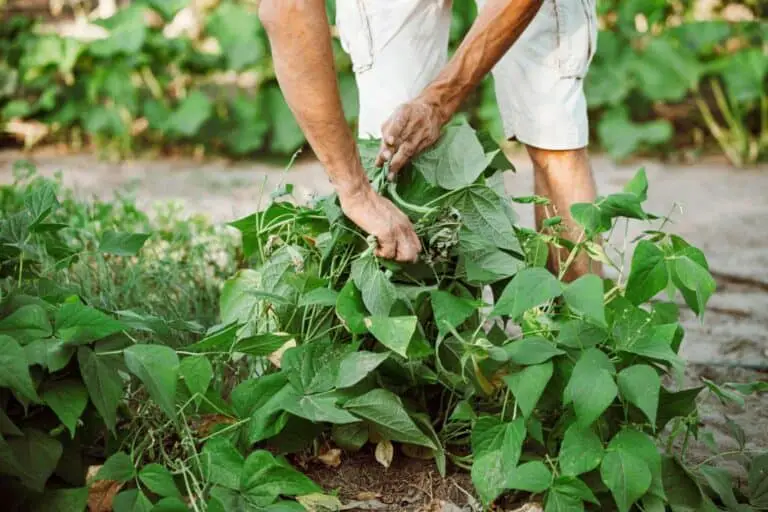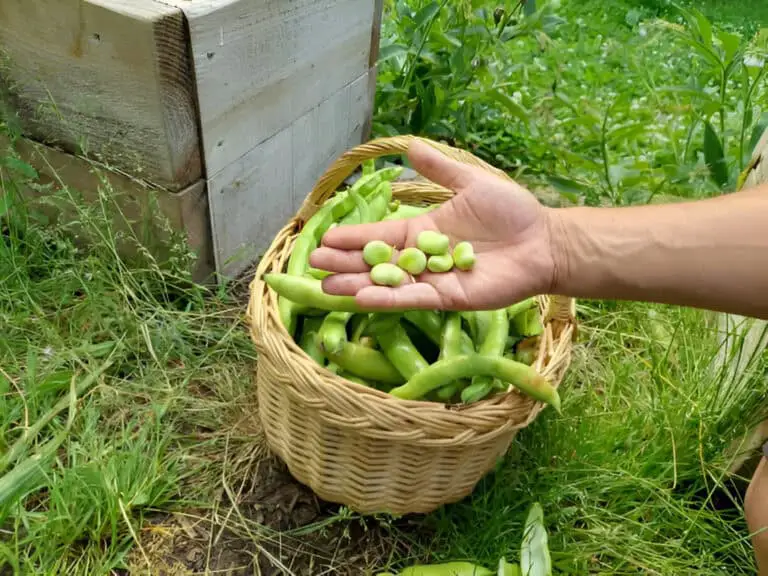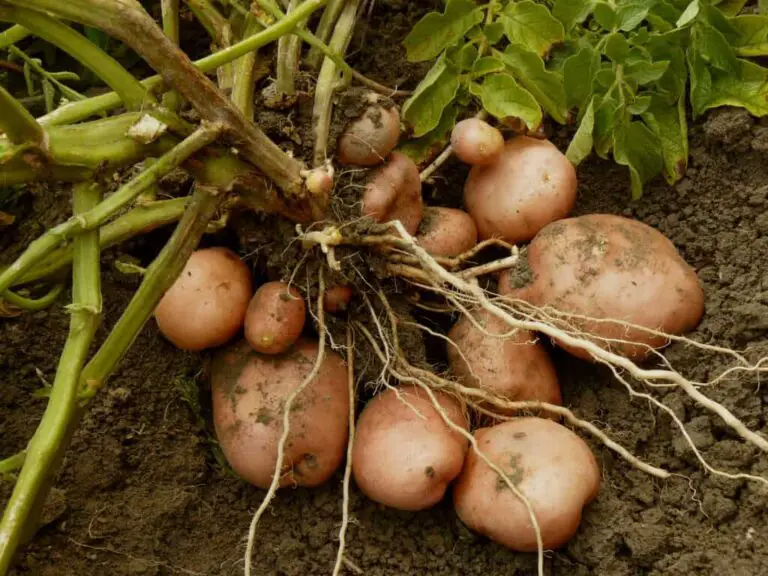When to Plant Potatoes in Mississippi: A Comprehensive Guide
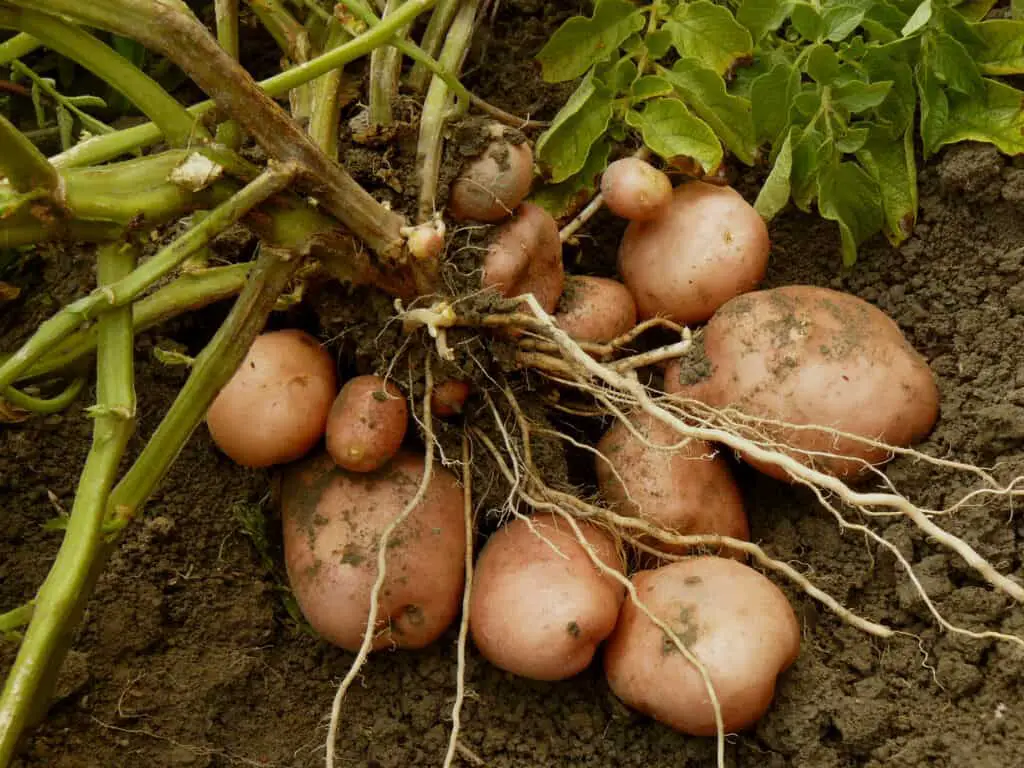
Dreaming of cultivating your own potatoes in the fertile soils of Mississippi? Potatoes are a versatile and nutritious vegetable that can be grown in many regions, including Mississippi.
Knowing when to plant potatoes is crucial for a good harvest. They need specific temperatures and sunlight. Timing is everything when it comes to planting these versatile tubers. Are you wondering when the perfect moment is to dig into the ground and start planting?
This article explores the best time and methods for planting potatoes in Mississippi. From selecting the right varieties to preparing the soil, best practices ensure a successful potato harvest.
This guide will help you grow tasty potatoes in Mississippi’s peak season. It is for both seasoned and new gardeners.
Understanding Mississippi’s Climate
Mississippi has a humid subtropical climate, characterized by hot, humid summers and mild winters. This climate is good for growing potatoes. But, it’s vital to choose the right time to plant. This avoids issues like heat stress or frost damage.
Seasonal Overview
- Spring (March to May): Ideal for planting potatoes, with temperatures warming up and longer daylight hours.
- Summer (June to August): Hot and humid, requiring careful attention to watering and heat management.
- Autumn (September to November): Mild temperatures, suitable for late-season potato planting.
- Winter (December to February): Cool temperatures, not suitable for potato planting.
The Best Times to Plant Potatoes in Mississippi
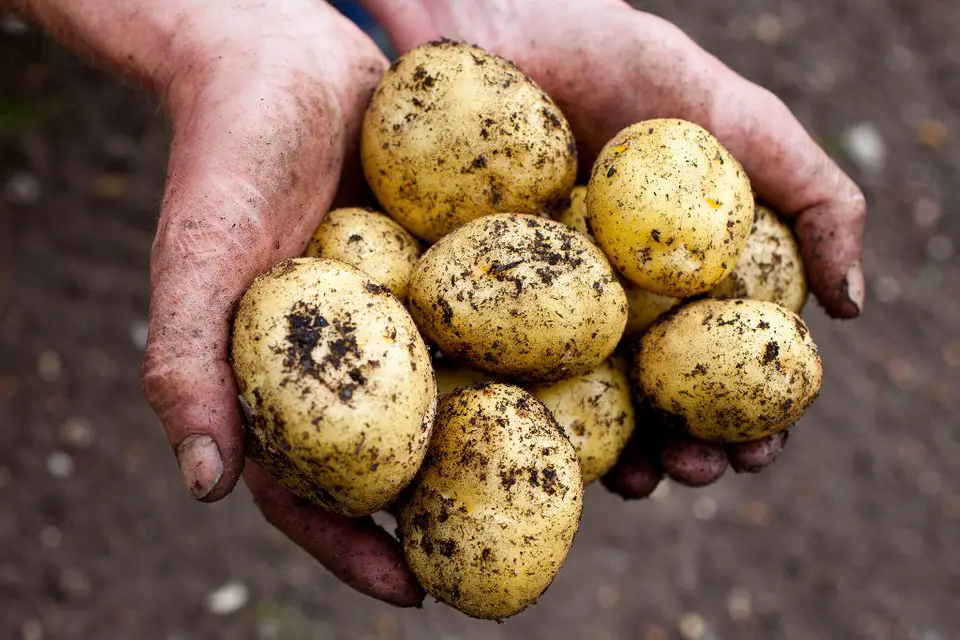
The best times to plant potatoes in Mississippi depend on the variety you choose and your specific location within the state. Here are some general guidelines:
Early Spring Planting
For early harvest and optimal yields, consider planting potatoes in early spring.
- Best Time to Plant: Late February to early March.
- Benefits: Early planting lets potatoes mature before summer’s heat. This may yield larger tubers.
- Considerations: Monitor soil temperature to ensure it’s above 45°F (7°C) for optimal germination.
Mid-Spring Planting
Mid-spring planting is suitable for most potato varieties and can extend the harvest period.
- Best Time to Plant: Mid-March to early April.
- Benefits: Planting in mid-spring extends the harvest period. Potatoes planted at different times will mature at different rates.
- Considerations: Ensure the soil is well-drained and not waterlogged to prevent rotting.
Late Spring Planting
Late-spring planting is ideal for varieties that mature quickly or for gardeners who missed the early planting window.
- Best Time to Plant: Late April to early May.
- Benefits: Late planting can still yield a harvest before the hottest summer temperatures.
- Considerations: Provide ample water and monitor plants for signs of heat stress.
Soil Preparation
Preparing the soil is crucial for successful potato cultivation in Mississippi’s climate.
Soil Testing and Amendment
- Test the Soil: Conduct a soil test to determine nutrient level and pH level for growing potatoes. Potatoes prefer slightly acidic soil (pH 5.0 to 6.0).
- Amend the Soil: Add organic matter such as compost or well-rotted manure to improve soil structure and fertility.
Bed Preparation
- Raised Beds: Consider planting potatoes in raised beds to improve drainage and soil warmth.
- Mulching: Apply a layer of mulch, such as straw or leaves, to conserve moisture and suppress weeds.
Planting Techniques
Choosing the Right Variety
Selecting the right potato variety is crucial for successful cultivation in Mississippi.
- Early Varieties: Choose early-maturing varieties for planting in early spring, such as Yukon Gold or Red Pontiac.
- Maincrop Varieties: For mid- to late-spring planting, select maincrop varieties. Use Russet Burbank or Kennebec.
Planting Steps
- Spacing: Plant potatoes 30-45 cm apart in rows spaced 60–90 cm apart to allow for proper tuber development.
- Depth: Plant potatoes 10–15 cm deep, covering them with soil and gradually hilling up as the plants grow.
- Watering: Water new potatoes well. Keep the soil evenly moist all season.
| Also read: When to Plant Potatoes in Newfoundland? |
Caring for Potato Plants
Caring for potato plants requires a mix of attention and the right techniques to ensure a healthy, bountiful harvest.
Watering
Once the plants start to grow, keep an eye on the moisture levels. Potatoes need consistent watering, especially during flowering. That’s when the tubers form. However, be careful not to overwater, as soggy soil can lead to rot.
Potatoes require consistent moisture, especially during tuber formation.
- Frequency: Water deeply once or twice a week, depending on rainfall and soil moisture levels.
- Method: Use a soaker hose or drip irrigation to water at the base of the plants, avoiding wetting the foliage.
Fertilizing
At planting and during the growing season, use a balanced fertilizer or compost. It will provide essential nutrients.
- Before Planting: Incorporate a balanced fertilizer into the soil.
- During Growth: Side dress with compost or a balanced fertilizer every 4-6 weeks.
Mulching
Mulch around potato plants to conserve moisture, suppress weeds, and protect tubers from sunlight.
- Organic Mulch: Use straw, leaves, or grass clippings as mulch.
- Depth: Apply a layer of mulch 5-10 cm deep around plants, taking care not to bury the stems.
Hilling
As the plants grow, you’ll need to hill them, which involves piling soil around the base of the plant to cover the lower stems. This encourages the growth of more tubers and protects them from sunlight, which can cause them to turn green and become toxic. Regularly check for pests like potato beetles and apply organic treatments as needed to keep your plants healthy.
Table: Potato Planting and Care Schedule
| Task | Timing | Details |
| Soil Preparation | Before planting | Test pH, add compost, and ensure good drainage. |
| Planting | Early Spring (Late Feb-Early Mar), Mid-Spring (Mid-Mar-Early Apr), Late Spring (Late Apr-Early May) | Space plants 30-45 cm apart, plant 10-15 cm deep. |
| Watering | Throughout the growing season | Provide consistent moisture, avoid overwatering. |
| Fertilizing | Before planting, Every 4–6 weeks during growth | Use balanced fertilizer or compost. |
| Mulching | After planting | Apply organic mulch to conserve moisture and suppress weeds. |
Common Problems and Solutions in Planting Potatoes
Potatoes in Mississippi may face some common issues. Proper care can fix them.
Pests
- Colorado Potato Beetle: Handpick beetles and larvae from plants and use insecticidal soap or neem oil as a natural control.
- Wireworms: Rotate crops and use bait traps to control wireworm populations in the soil.
Diseases
- Late Blight: Remove and destroy infected plants. Avoid overhead watering to reduce the spread of spores.
- Early Blight: Apply fungicidal sprays and remove infected foliage to prevent the spread of the disease.
Tips for Maximizing Potato Yield
Crop Rotation
Rotate potato crops every year to prevent the buildup of pests and diseases in the soil.
Hilling
Hill soil around potato plants as they grow to promote tuber development and protect potato tubers from sunlight.
Harvesting
Harvest potatoes when the plants have died back and the skin of the potatoes is set. Store harvested potatoes in a cool, dark place to prevent sprouting.
Conclusion
Planting potatoes in Mississippi can be rewarding. You can harvest nutritious, delicious tubers. By choosing the right planting times, preparing the soil, and providing care throughout the growing season, you can enjoy a successful potato crop each year.
Whether you’re planting early, mid, or late-season varieties, follow these guidelines. They’ll help your potatoes thrive and add a delicious dish to your meals. Happy planting!

